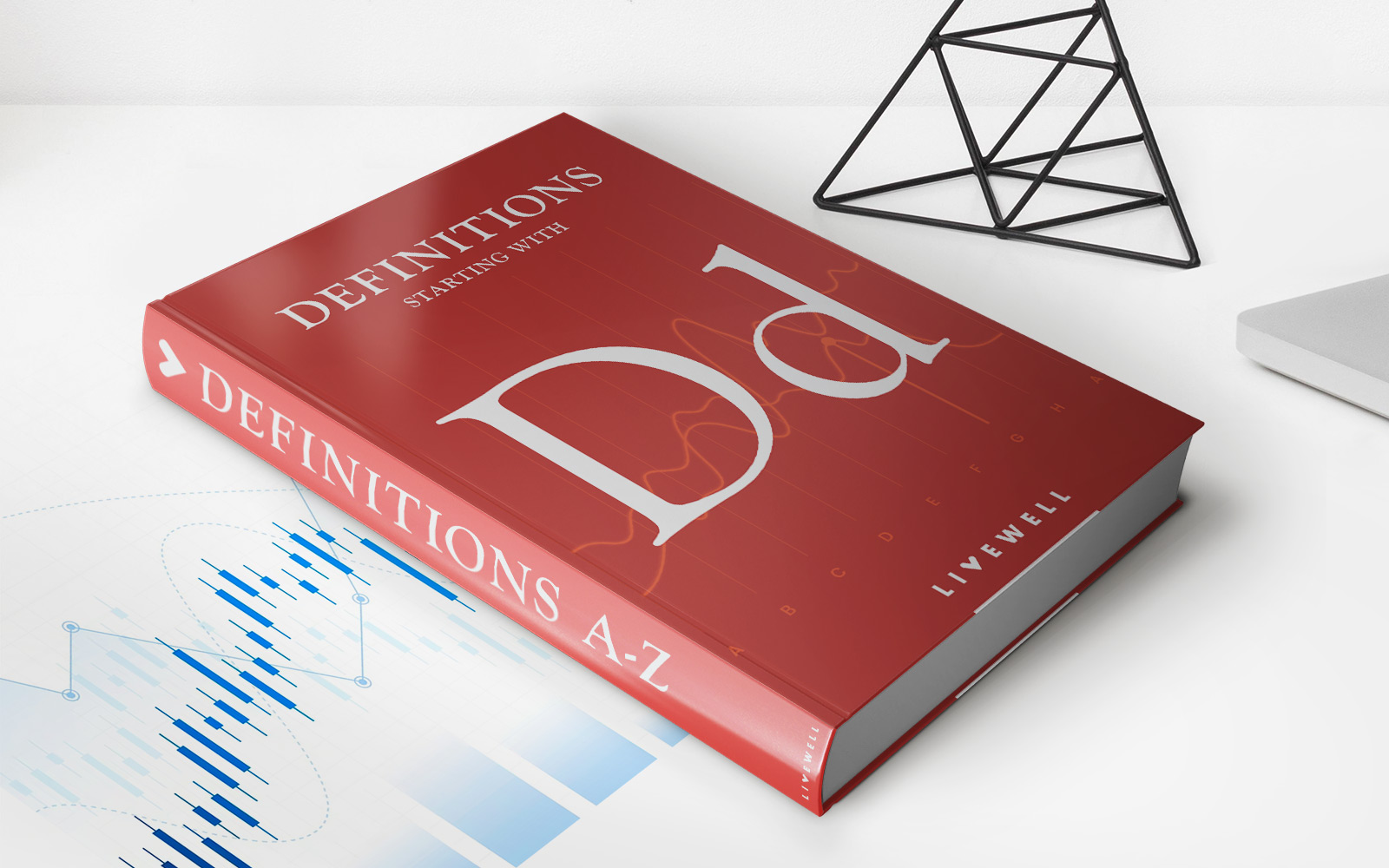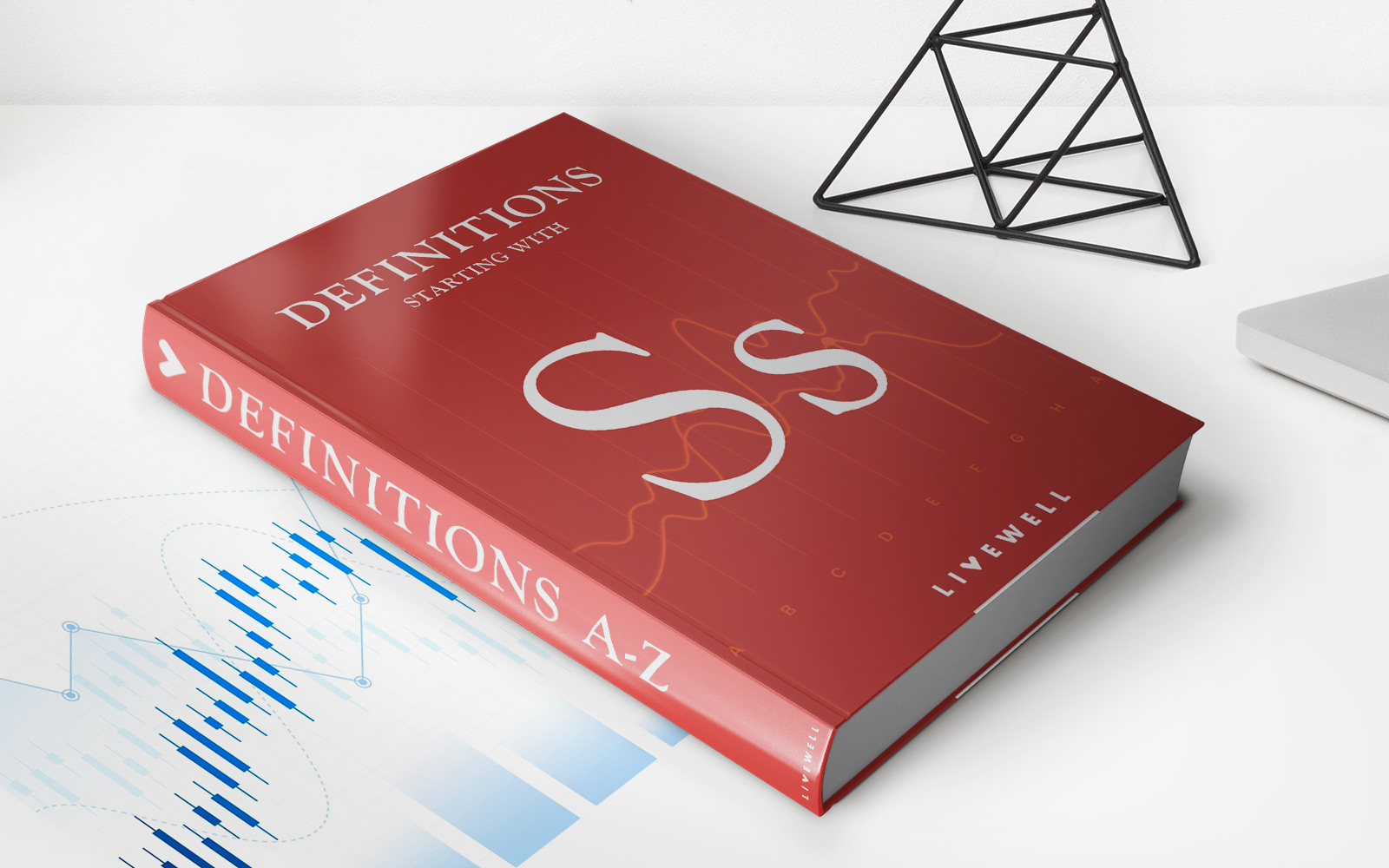

Finance
What Is Revolving Credit Mortgage
Published: February 29, 2024
Learn how revolving credit mortgages work and how they can benefit your finances. Discover the flexibility and advantages of this innovative financial solution.
(Many of the links in this article redirect to a specific reviewed product. Your purchase of these products through affiliate links helps to generate commission for LiveWell, at no extra cost. Learn more)
Table of Contents
Introduction
A revolving credit mortgage is a unique financial tool that offers flexibility and potential cost savings to homeowners. Unlike traditional mortgages, which feature fixed monthly payments, revolving credit mortgages provide a line of credit that can be accessed and repaid as needed. This innovative approach to borrowing can be a game-changer for homeowners seeking financial flexibility and cost-effectiveness.
Revolving credit mortgages are designed to adapt to the evolving financial needs of homeowners, offering a level of control and convenience that traditional mortgages may lack. By understanding the intricacies of revolving credit mortgages, homeowners can make informed decisions about their financial future and leverage this innovative financial tool to their advantage.
In this comprehensive guide, we will delve into the nuances of revolving credit mortgages, exploring how they work, their potential benefits and drawbacks, and the qualifications required to access this unique financial product. By the end of this article, you will have a solid understanding of revolving credit mortgages and be better equipped to determine if this financial instrument aligns with your homeownership and financial goals.
Understanding Revolving Credit Mortgages
Revolving credit mortgages, also known as home equity lines of credit (HELOC), are a type of loan that allows homeowners to borrow against the equity in their property. Unlike traditional mortgages that provide a lump sum of money upfront, a revolving credit mortgage operates as a line of credit, allowing homeowners to borrow and repay funds as needed, up to a predetermined credit limit.
One of the key features of a revolving credit mortgage is its flexibility. Homeowners can access funds from their line of credit at any time, using the money for various purposes such as home improvements, debt consolidation, or unexpected expenses. This flexibility makes revolving credit mortgages an attractive option for homeowners who require access to funds over an extended period, rather than a one-time lump sum.
Another important aspect of revolving credit mortgages is the variable interest rate. Unlike traditional mortgages with fixed interest rates, the interest on a revolving credit mortgage may fluctuate based on market conditions. While this variable rate presents a level of uncertainty, it can also offer potential cost savings if interest rates decrease over time.
It’s essential for homeowners to grasp the concept of equity in relation to revolving credit mortgages. Equity represents the difference between the market value of the property and the outstanding mortgage balance. As homeowners make mortgage payments and the property value appreciates, their equity increases, providing the basis for accessing a revolving credit mortgage.
Understanding the dynamics of revolving credit mortgages empowers homeowners to make informed decisions about their borrowing options. By recognizing the unique features and benefits of this financial tool, homeowners can leverage it effectively to meet their financial needs while managing their overall debt strategy.
How Revolving Credit Mortgages Work
Revolving credit mortgages function as a flexible financial resource for homeowners, offering a dynamic approach to borrowing against home equity. When a homeowner secures a revolving credit mortgage, they gain access to a line of credit based on the equity in their property. This line of credit operates similarly to a credit card, allowing the homeowner to borrow funds up to a predetermined limit, known as the credit limit.
Upon approval, homeowners can access funds from their revolving credit mortgage as needed. Whether it’s for home renovations, education expenses, or other financial needs, the homeowner can tap into the line of credit and use the funds at their discretion. As funds are accessed, the homeowner incurs interest on the borrowed amount, adding to the overall balance owed.
Repayment of a revolving credit mortgage is a dynamic process. Homeowners have the flexibility to repay the borrowed funds at their own pace, as long as they meet the minimum monthly payment requirements. As funds are repaid, the available credit replenishes, allowing the homeowner to borrow again if the need arises. This revolving nature of borrowing and repaying is a defining characteristic of this mortgage structure.
One of the key advantages of a revolving credit mortgage is the potential for cost savings. Since homeowners only pay interest on the amount borrowed, they can reduce interest expenses by keeping the outstanding balance low. Additionally, if the interest rates decrease over time, homeowners may benefit from lower borrowing costs, providing a level of financial flexibility and potential savings.
Understanding how revolving credit mortgages work empowers homeowners to make strategic financial decisions. By leveraging the flexibility and potential cost savings of this mortgage structure, homeowners can navigate their borrowing needs with greater control and adaptability, aligning their financial strategy with their long-term goals.
Pros and Cons of Revolving Credit Mortgages
Revolving credit mortgages offer a range of advantages and considerations that homeowners should carefully evaluate before deciding if this financial tool aligns with their needs. Understanding the pros and cons can help homeowners make informed decisions about leveraging a revolving credit mortgage.
Pros:
- Flexibility: One of the primary benefits of a revolving credit mortgage is the flexibility it offers. Homeowners have the freedom to access funds as needed, allowing them to address various financial requirements, such as home renovations, education expenses, or unexpected bills, without the constraints of a lump-sum disbursement.
- Cost Savings Potential: Since homeowners only pay interest on the amount borrowed, they have the opportunity to reduce interest expenses by keeping the outstanding balance low. Additionally, if interest rates decrease over time, homeowners may benefit from lower borrowing costs, providing potential cost savings.
- Revolving Access to Funds: The revolving nature of the line of credit allows homeowners to borrow, repay, and borrow again, providing ongoing access to funds without the need to reapply for a new loan. This can be advantageous for managing fluctuating financial needs over time.
- Tax Deductibility: In many cases, the interest paid on a revolving credit mortgage may be tax-deductible, offering potential tax benefits for homeowners. However, it’s important to consult with a tax professional to understand the specific implications based on individual circumstances.
Cons:
- Variable Interest Rates: Revolving credit mortgages often feature variable interest rates, which can lead to uncertainty in borrowing costs. Fluctuations in interest rates may impact the overall expenses associated with the mortgage, potentially increasing the financial burden on homeowners.
- Discipline in Repayment: The flexibility of a revolving credit mortgage requires homeowners to exercise discipline in managing their borrowing and repayment. Without a structured repayment plan, there is a risk of accumulating high levels of debt and facing challenges in paying off the outstanding balance.
- Property as Collateral: As with traditional mortgages, a revolving credit mortgage is secured by the property, placing the homeowner’s home at risk if repayment obligations are not met. It’s essential for homeowners to consider the potential consequences of using their property as collateral for borrowing.
By carefully weighing the advantages and considerations, homeowners can assess whether a revolving credit mortgage aligns with their financial objectives and borrowing preferences. Understanding the potential benefits and challenges empowers homeowners to make informed decisions about utilizing this unique financial tool.
Qualifying for a Revolving Credit Mortgage
Qualifying for a revolving credit mortgage, also known as a home equity line of credit (HELOC), involves several key considerations that lenders assess to determine a homeowner’s eligibility for this financial product. Understanding the qualification criteria is essential for homeowners who are exploring the possibility of securing a revolving credit mortgage.
Equity and Property Value:
One of the primary factors that lenders evaluate when considering a homeowner’s application for a revolving credit mortgage is the amount of equity in the property. Equity represents the difference between the property’s market value and the outstanding mortgage balance. Lenders typically require a minimum level of equity, often around 15% to 20% of the property’s value, to qualify for a revolving credit mortgage.
Credit Score and Financial History:
Lenders assess the homeowner’s credit score and financial history to gauge their creditworthiness and ability to manage debt responsibly. A strong credit score, typically above 700, and a history of timely bill payments and responsible financial management can enhance the likelihood of qualifying for a revolving credit mortgage. Lenders may also review the homeowner’s debt-to-income ratio to ensure they can manage additional borrowing.
Stable Income and Employment:
Having a stable source of income and steady employment history is crucial for demonstrating the ability to repay the revolving credit mortgage. Lenders may request documentation of the homeowner’s income, such as pay stubs or tax returns, to verify their financial stability and capacity to meet the repayment obligations associated with the line of credit.
Property Appraisal and Documentation:
As part of the qualification process, lenders typically require a professional appraisal of the property to determine its current market value. Additionally, homeowners may need to provide documentation related to the property, such as insurance information and mortgage details, to complete the application for a revolving credit mortgage.
Debt-to-Income Ratio:
Lenders evaluate the homeowner’s debt-to-income ratio, which compares the amount of debt the homeowner carries to their gross monthly income. A lower debt-to-income ratio indicates a more manageable level of debt relative to income, which can positively influence the homeowner’s eligibility for a revolving credit mortgage.
By understanding the qualification criteria for a revolving credit mortgage, homeowners can assess their readiness to pursue this financial option and take steps to strengthen their financial profile if needed. Meeting the qualification requirements positions homeowners to leverage the benefits of a revolving credit mortgage effectively while managing their borrowing responsibly.
Conclusion
Revolving credit mortgages offer a dynamic and flexible approach to borrowing against home equity, providing homeowners with the freedom to access funds as needed and manage their financial obligations with greater adaptability. By understanding the intricacies of revolving credit mortgages, homeowners can make informed decisions about leveraging this unique financial tool to meet their evolving needs and long-term financial goals.
While the flexibility and potential cost savings of revolving credit mortgages present compelling advantages, it’s essential for homeowners to carefully weigh the considerations and qualification criteria associated with this financial product. By doing so, they can determine if a revolving credit mortgage aligns with their borrowing preferences and overall financial strategy.
Qualifying for a revolving credit mortgage entails demonstrating a strong credit history, stable income, and sufficient equity in the property. Homeowners who meet these qualifications can benefit from the convenience of a revolving line of credit, providing ongoing access to funds without the constraints of a lump-sum disbursement.
Understanding the pros and cons of revolving credit mortgages empowers homeowners to make strategic decisions about their borrowing needs, considering factors such as variable interest rates, disciplined repayment, and the use of property as collateral. By carefully evaluating these aspects, homeowners can leverage a revolving credit mortgage effectively while mitigating potential challenges.
Ultimately, the decision to pursue a revolving credit mortgage should align with the homeowner’s financial objectives, risk tolerance, and long-term plans. By navigating the nuances of revolving credit mortgages with a clear understanding of their benefits and considerations, homeowners can make informed choices that support their financial well-being and homeownership journey.
In conclusion, revolving credit mortgages represent a valuable financial tool for homeowners seeking flexibility, potential cost savings, and strategic borrowing options. By embracing the opportunities and responsibilities associated with this innovative mortgage structure, homeowners can navigate their financial landscape with greater control and adaptability, leveraging their home equity to support their evolving needs and aspirations.














